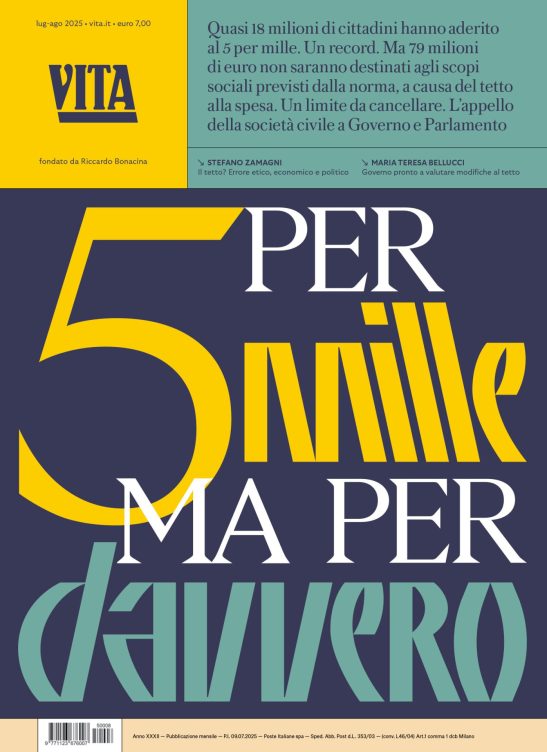Media representation of youth draws heavily on the image of young people as students – single, healthy, dynamic and usually middle-class. In fact, students constitute only one-third of the age group 15-24. There are as many young people employed as unemployed. Among both the employed and unemployed, some live with their families, some are married with children, some work within the informal sector, some are busy looking for jobs and some have already lost hope of finding one.
There are millions of young people who are in the category of “invisible youth” in Turkey. These include:
- Young people actively looking for jobs – about 1 million;
- Women who are neither in education nor at work – about 2.2 million;
- The physically disabled – some 650,000;
- Young people who have given up all hope and stopped seeking jobs -300,000;
- Juvenile delinquents – some 22,000; and
- Street children and youth living on the streets, internally displaced, or are victims of human trafficking and others who rarely get noticed or mentioned in survey studies or in the media.
Young women form a majority of this invisible group. As the term “young” is mostly associated with “boys,” young women are not a focal point of youth studies. A group described as “ev kizi” (house girls) and composed of young women who stay at home and remain isolated from social activities, the labour market and education are, as a result, excluded from much of social life. Some of these women choose this way of life, and they have right to do so; but many are forced into it either before they become conscious of alternatives or when they migrate to big cities without the skills required by the urban labour market.
The report notes that national, regional and state policies need to focus more on these invisible youth, particularly young women, and explore ways to increase their opportunities and to help them gain access to education and resources necessary for their full development and full participation in social and economic life. In many respects, their needs are greater and different from those of the 8 million more visible young people. Yet there is no “magic potion” that can bring one solution to these categories of invisible young people. Their diversity needs to be better recognized and policies and action adapted to their reality and needs.
17 centesimi al giorno sono troppi?
Poco più di un euro a settimana, un caffè al bar o forse meno. 60 euro l’anno per tutti i contenuti di VITA, gli articoli online senza pubblicità, i magazine, le newsletter, i podcast, le infografiche e i libri digitali. Ma soprattutto per aiutarci a raccontare il sociale con sempre maggiore forza e incisività.
